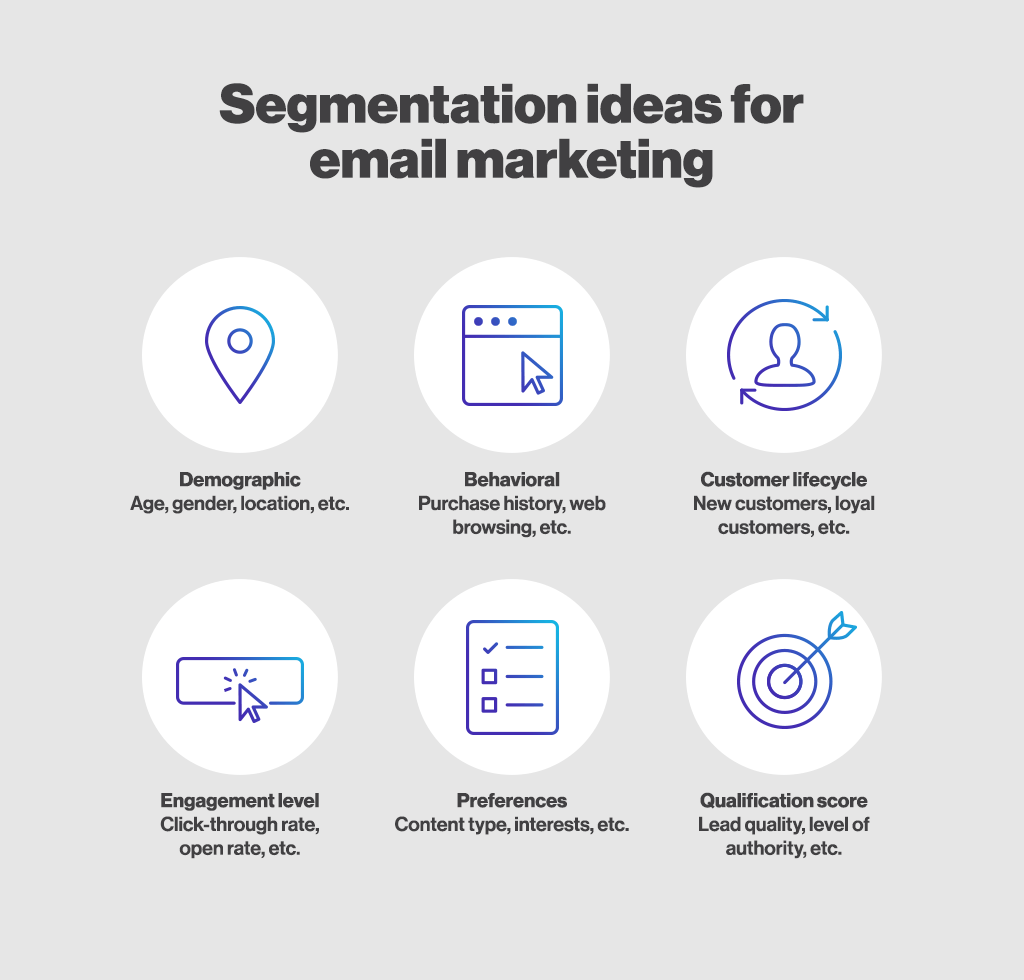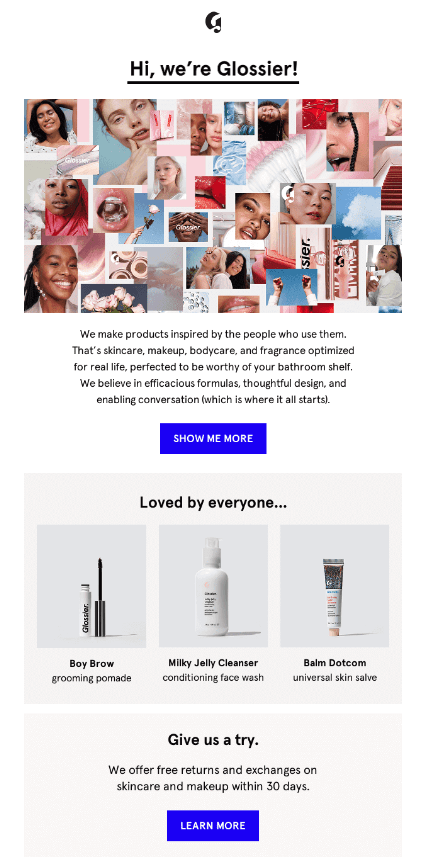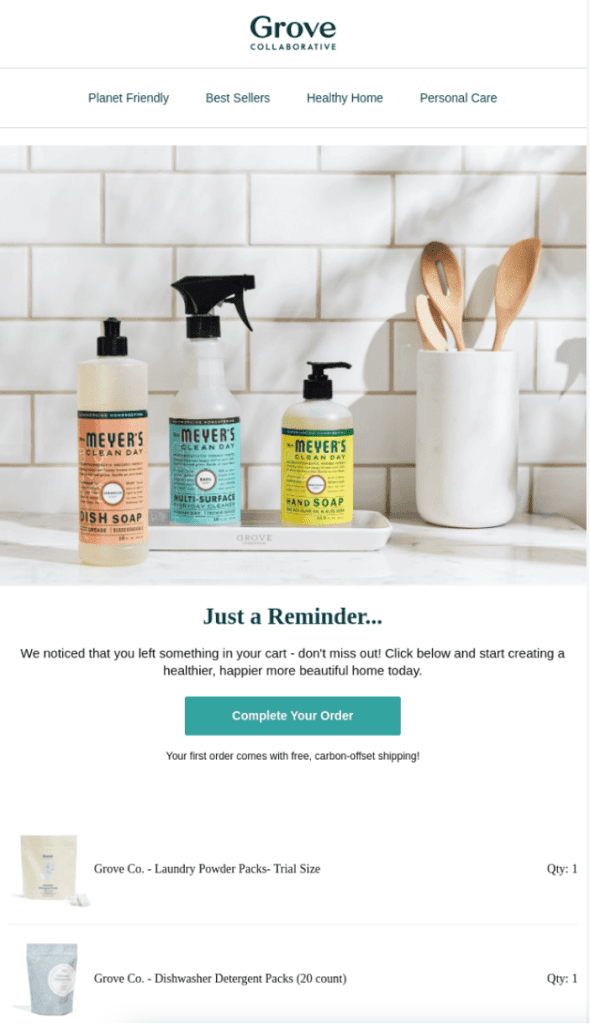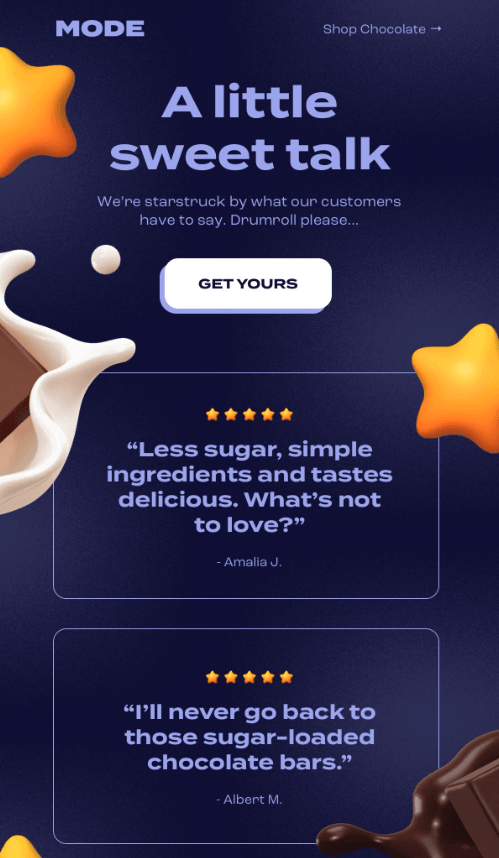Email marketing is an essential tool for any business looking to increase brand awareness and customer loyalty. By using well-designed email campaigns, you can create and strengthen a lasting relationship with your customers while showcasing your company’s products and services. In this article, we will explore the different steps to implement an effective email marketing strategy to develop your brand’s notoriety.
The basics of email marketing
Using email marketing to increase brand visibility involves implementing email campaigns to promote a company and strengthen its position online. The electronic messages disseminated as part of this approach are intended to be informative, relevant, and engaging.
These emails are addressed to a targeted group of recipients composed of subscribers interested in the brand. To encourage subscribers to engage with their emails, companies can use various methods, such as exclusive offers, promotions, and more.
Segmenting your audience

This crucial step allows for adapting communication and offers to better meet the needs of customers. This involves dividing the market into homogeneous groups based on specific criteria. Here are some tips on the importance of segmentation and methods for implementing it in the context of email marketing.
Firstly, segmenting the audience helps to better understand the expectations and needs of customers. By identifying groups of people with common characteristics, it becomes easier to offer tailored offers and content. Segmentation thus contributes to customer loyalty and improving their satisfaction.
Next, segmentation allows adjusting communication based on the preferences of each target group. For instance, some customers are more responsive to promotions, while others appreciate exclusive offers more. By adapting the message, companies increase the chances of attracting the attention and engagement of their customers.
Several criteria can be used to segment an audience in email marketing. Demographic criteria, such as age, gender, marital status, and income level, are commonly used.
Geographic criteria allow for market segmentation based on the location of customers, while psychographic criteria take into account values, opinions, and interests.
Behavioral segmentation is also valuable as it is based on customers’ actions and reactions to received emails. For example, customers can be segmented based on their frequency of opening, level of engagement (clicks on links), or responsiveness to promotional offers.
To implement effective segmentation, it is crucial to have reliable and up-to-date data. Companies can collect this information through newsletter subscriptions, surveys, or by analyzing data from their previous email campaigns.
Providing quality content
Relevant and interesting content is key to capturing customers’ attention and encouraging them to engage with the brand. Here are some tips for creating quality content as part of an email marketing strategy:
- Understanding the needs and expectations of the audience: Before creating content, it is crucial to know your target audience well. This allows you to offer information and offers that meet the needs of your customers. To do this, it is necessary to analyze customer data, study market trends, and listen to customer feedback.
- Writing Catchy Email Subject Lines: The email subject line is the first thing recipients see. To capture their attention, it is essential to write clear, relevant, and compelling subject lines. They should make the recipient want to open the email and discover the content inside.
- Create relevant and varied content: To maintain subscribers’ interest, it is important to offer different types of content. This can include blog articles, videos, infographics, case studies, or customer testimonials. The content should be informative, entertaining, and tailored to the audience’s needs.
- Structuring and formatting content: a well-structured and aesthetically pleasing email is more likely to attract the attention of recipients. It is therefore essential to work on the layout, use high-quality images, and facilitate reading by using headings, subheadings, and bullet points.
- Encourage to take action: To encourage customer engagement, it is crucial to include clear and visible calls to action in the content. Calls to action should clearly indicate what is expected of the recipient (sign up for an event, take advantage of a promotion, read an article, etc.) and motivate them to act.
- Measuring the effectiveness of the content: Finally, it is important to measure the performance of the emails sent to evaluate the effectiveness of the content offered. Key indicators to track include the open rate, click-through rate, conversion rate, and unsubscribe rate. These data allow for adjusting the content strategy and continuously improving its quality.
Personalize your messages
Personalized emails help capture the attention of recipients, improve their experience, and strengthen their engagement with the brand. Here are some tips for personalizing your messages in the context of an email marketing strategy.
Personal Connection
Addressing the recipient directly using their first name is a simple and effective way to create a personal connection. In the subject line or body of the email, using the first name can make the message feel warmer and encourage the recipient to engage.
Here are some examples:
- Happy Birthday, [First Name]! We have a gift for you
- [First Name], your opinion matters to us!
- [First Name], thank you for being part of our community
Setting up automated emails
Triggered email campaigns are also useful because they are automatically sent based on a specific event or recipient behavior. For example, a welcome email can be sent when a new customer signs up for the newsletter, or a reminder email can be sent to a customer who has abandoned their shopping cart.
Here is an example of a welcome email from the cosmetic brand Glossier:

Example of an abandoned cart email by Grove Collaborative:

Geolocation
Geolocation is another interesting method to adapt offers and messages based on the recipient’s location. For example, you can send promotions for products suitable for the local weather or inform customers of upcoming events in their region.
Testing, testing, testing
It is also essential to test different formats and styles to maximize the effectiveness of personalization. Each recipient is unique and may react differently to different content formats and styles. Try different formats, such as text, images, videos, and different styles, such as formal, informal, or humorous, to determine what works best with your audience.
Staying connected to your customer base
Asking recipients for their opinions and suggestions not only improves the quality of the content offered but also strengthens the sense of belonging to the brand community. By taking into account customer feedback, you can adjust your messages to make them even more relevant and personalized.
Measure and regularly analyze the performance of your campaigns
Measuring and analyzing the performance of email marketing campaigns regularly is essential to optimize their effectiveness and adjust the strategy accordingly. It is necessary to identify key performance indicators (KPIs) that allow measuring the success of your campaigns. Among the most commonly used KPIs in email marketing are:
- Open rate: The open rate measures the percentage of people who have opened the email. A high open rate indicates that the subject of the email is catchy and encourages recipients to discover the content. If the open rate is low, it may be useful to work on more impactful subject lines or adjust audience segmentation to better target recipients.
- Click-through rate (CTR): The click-through rate represents the percentage of people who will click on at least one link in the email. This KPI allows you to evaluate the effectiveness of the content and calls to action. A low CTR may indicate that the content is not engaging enough or that the calls to action are not clear.
- Conversion rate: The conversion rate corresponds to the number of people who will take a planned action after clicking on a link in the email, such as a purchase, registration, or quote request. This KPI is particularly important because it directly measures the impact of campaigns on business objectives.
- Unsubscribe rate: The unsubscribe rate represents the percentage of recipients who unsubscribe from the mailing list. A high unsubscribe rate may signal a problem with the content, send frequency, or message relevance to the target audience.
Each of these indicators provides valuable information about the effectiveness of your messages and the engagement of your recipients.
In addition to KPIs, it is recommended to use analysis tools to study recipient behavior, such as pages visited, time spent on the site, or products viewed. This data can help refine content strategy and improve message personalization.
Furthermore, it is essential to implement regular tests, such as A/B tests, to evaluate different variations of your emails and identify the most effective elements. Tests can focus on subject lines, content, layout, or calls to action.
How to use testimonials and case studies to enhance the credibility of your brand
Testimony and case studies can be powerful tools to enhance the credibility of your brand by demonstrating how your company has helped customers solve their problems and achieve their goals.
The benefits of testimonials and case studies
Testimonials and case studies can help establish your company’s credibility by showing how your product or service has helped others solve their problems or achieve their goals. Testimonials and case studies can also help build trust with your prospects and encourage conversion.
How to collect testimonials from satisfied customers
To collect testimonials from satisfied customers, you can send surveys to your customers after their purchase to gather their feedback. You can also reach out to satisfied customers and ask for their permission to use their testimonial in your email marketing campaigns.
It’s important to ensure that the testimonials are authentic and credible. To do this, ask for permission to use the customer’s full name and photo, as well as permission to include details about their company or situation.
How to integrate testimonials and case studies in your emails
Integrating testimonials and case studies in your emails can help reinforce your company’s credibility. You can include testimonials in your weekly or monthly newsletters, or include them in follow-up emails to encourage conversion.
In your emails, use quotes from satisfied customers to show how your company has solved their problems. Use case studies to show how your product or service has helped other businesses achieve their goals.
Here is an example of a newsletter including customer reviews from the Mode company:

The mistakes to avoid when using testimonials and case studies
Avoid publishing testimonials or case studies that are not authentic or have been purchased. This can reduce the credibility of your brand and discourage potential customers. Additionally, avoid publishing testimonials that lack context or are too vague, as they will not be convincing to your audience.
Make sure to also ask for permission from your customers before using their testimonials or case studies, and to respect their privacy. By avoiding these mistakes, you can effectively and ethically enhance the credibility of your brand.
Conclusion
In conclusion, email marketing is a powerful lever to build brand awareness and strengthen relationships with your customers. By following the advice presented in this article, you will be able to create impactful and engaging email campaigns. Remember to clearly define your goals, segment your audience, personalize your messages, and regularly measure the performance of your campaigns to adjust your strategy and continuously improve your results.
